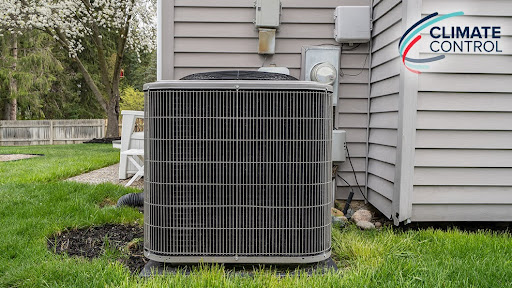Evaporative coolers, also known as swamp coolers, are one of the oldest and most cost-efficient air conditioning systems available, and they are well-suited to the dry, hot weather of the Colorado Rockies. The principle behind evaporation cooling is fairly simple. A fan circulates fresh air through a moisturized barrier or pad. The heat is dissipated through the evaporation of the water, resulting in a cool, moist breeze. As long as the outside air is warm and dry, as it is in the Rockies in the summer, evaporation cooling can be very efficient. The hotter and dryer the air, the more water the air absorbs and the greater the cooling effect. An efficient evaporative cooler can lower the temperature by as much as 30 degrees. But as the air humidity rises, the efficiency of the swamp cooler decreases.
Long ago, homeowners in the Southwest hung wet sheets in front of fans or their windows to cool their homes. We’ve come a long way since then. Today’s swamp coolers are quiet and more efficient, as well as inexpensive to install. And they have a lower operating cost, because they don’t require a compressor and fan, as conventional air conditioners do. And the swamp cooler has the added advantage of putting moisture into the air instead of taking it out, as is the case with air conditioners. Of course, an evaporative cooler requires fresh airflow and won’t filter the air, and it requires regular maintenance. But most customers find that the energy savings and efficiency more than make up for any disadvantages.
If you want to learn more about how an evaporative cooler can help to make your home more comfortable, contact Climate Control Company for a free consultation. We’ve served western Colorado homeowners since 1956. Call today, or visit our website for more information.
Our goal is to help educate our customers in Aspen, Vail and the surrounding Western slope communities in Colorado about energy and home comfort issues (specific to HVAC systems). For more information about swamp coolers and other HVAC topics, please visit our website.
Image courtesy of Shutterstock






